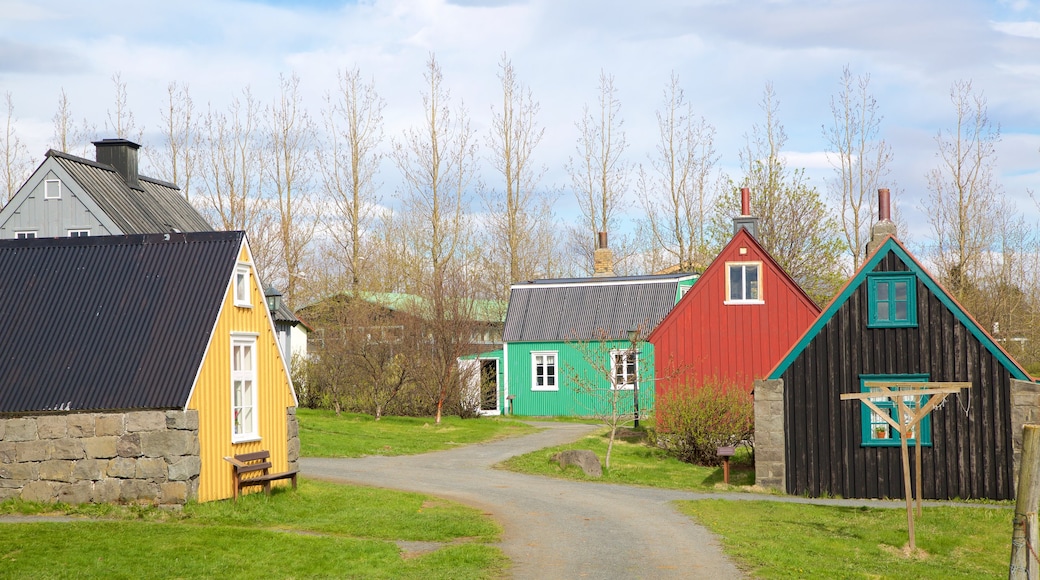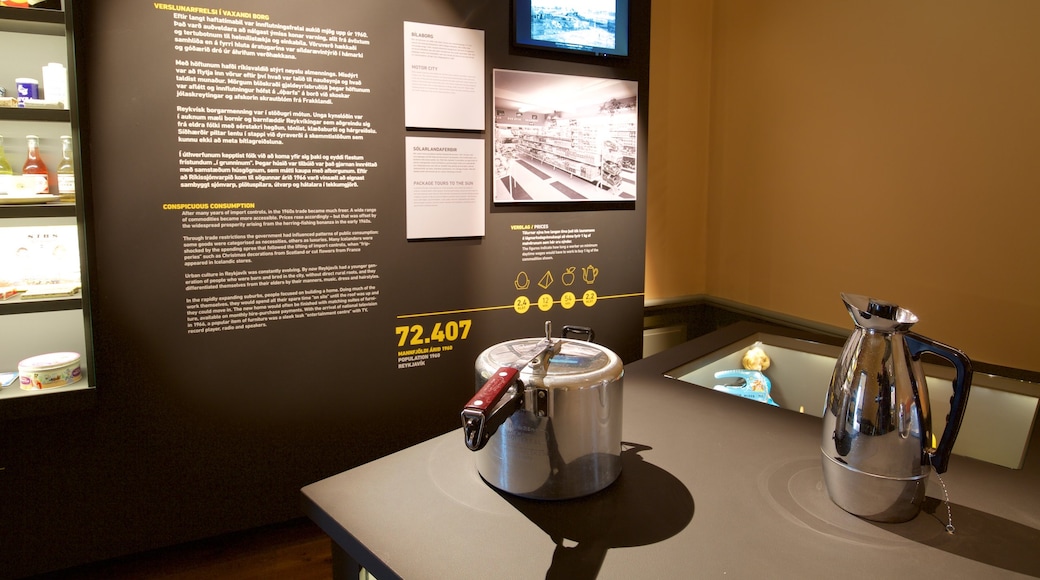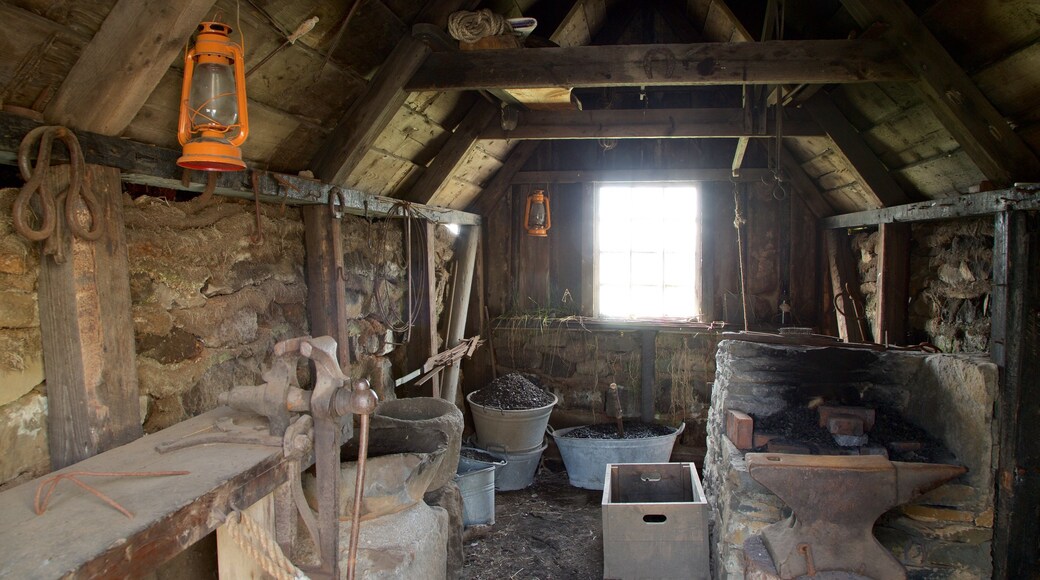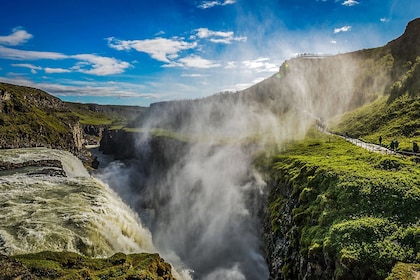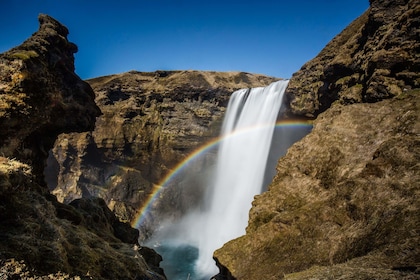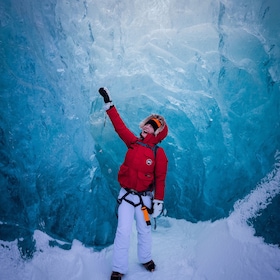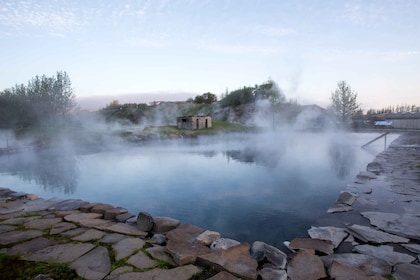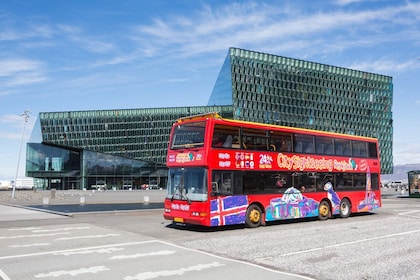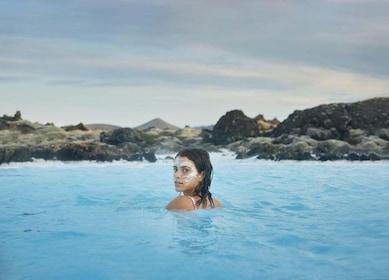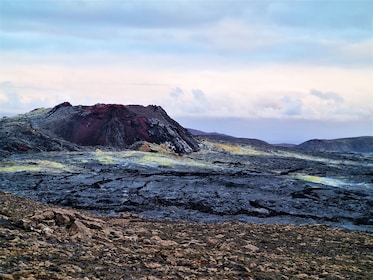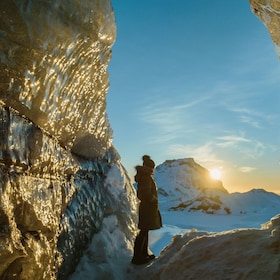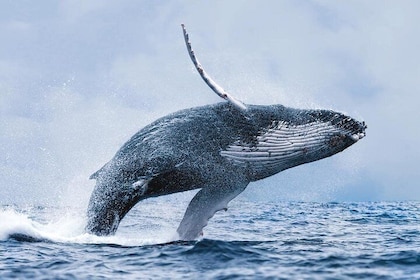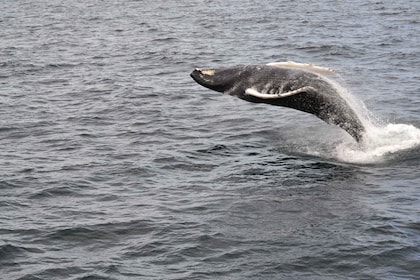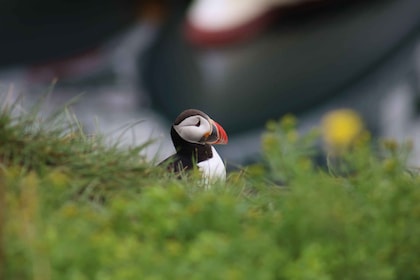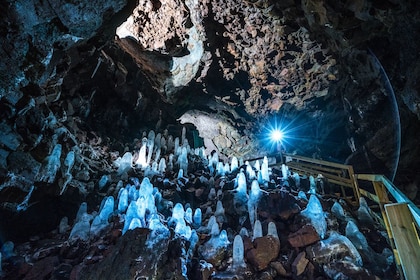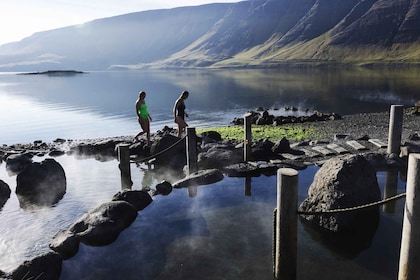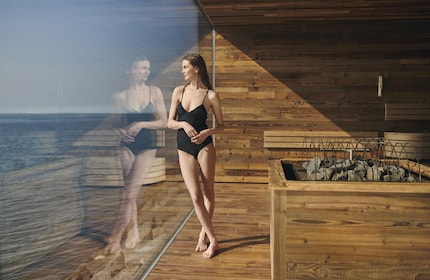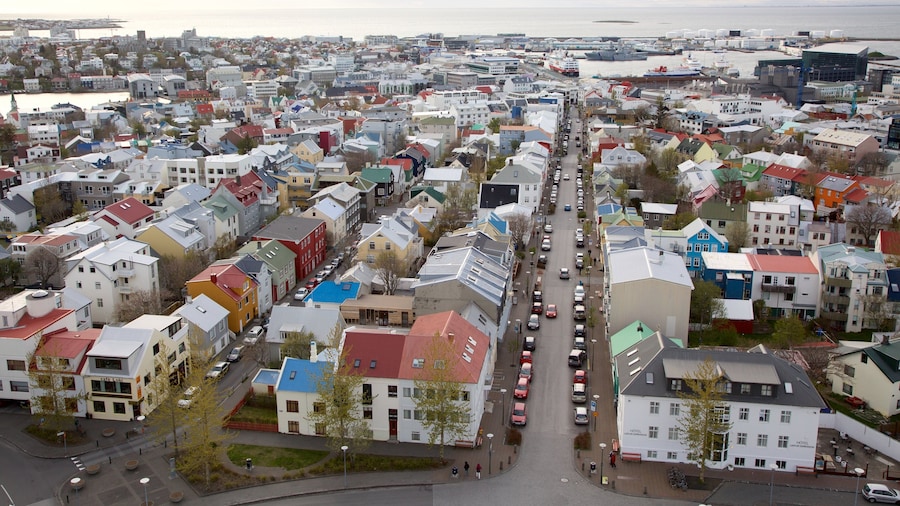See what life was like throughout the ages through this open-air museum’s collection of more than 20 historical buildings and a small farm.
If you enjoy peeking into other people’s homes, the Arbaejarsafn museum is for you. This collection of heritage buildings comes from the city of Reykjavík. Learn how the houses were rescued before they were going to be torn down. The well-preserved collection now creates a minivillage, a rather eclectic mix of urban and rural architecture blended together. See what daily life was like in 19th-century Reykjavík and visit the small farm on the site.
Each house is fully furnished and has its own guide dressed in the clothes of the era. The guides conduct daily tasks and are happy to answer any question, often in English! Explore all the rooms and get a hands-on approach to what life was really like throughout Icelandic history.
The buildings include 19th-century homes, a church, stable and boathouse. The museum also features examples of several turf houses, eco-friendly homes that were once built across Iceland. The houses are a timber structure built partly underground. A grass roof is then put on top, so the building looks as if it is part of the landscape. Today people rarely live in turf houses, although many remain and are used for storage.
Let your children explore the small farm, where they can pet sheep and horses. Some animals wander freely around the village, just as they would have done decades ago. After the farm visit, have a meal at the museum café, which has a reputation for the best pancakes in Reykjavík.
Visit the museum in the summer months of June to August, when all the houses are open. In the winter, access is by guided tour only. In the summer, special events include a craft day and a vintage car display.
Arbaejarsafn is a branch of the Reykjavík City Museum. It is 3 miles (5 kilometres) outside the city centre and is served by city buses.

